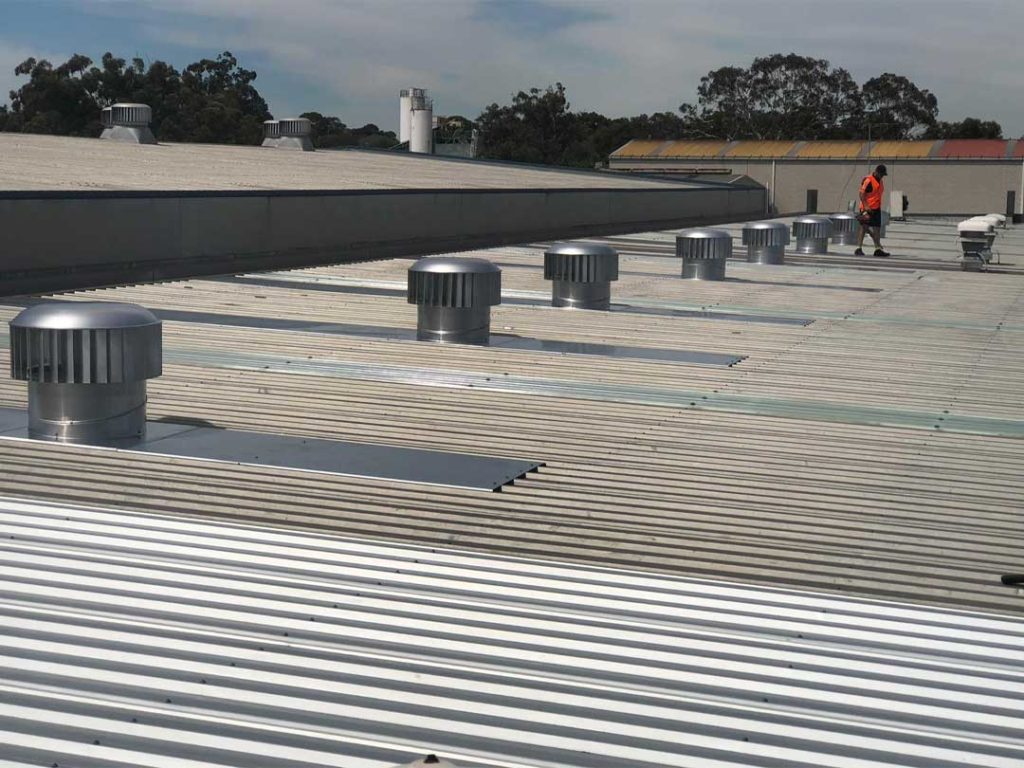Unlocking the Power of Roof Ventilation Solutions: A Comprehensive Guide
When it comes to maintaining a comfortable and energy-efficient home or a productive and eco-conscious factory, one often overlooked yet crucial element is proper roof ventilation. Roof ventilation plays a pivotal role in ensuring a balanced indoor environment and can contribute significantly to energy savings and sustainability. In this article, we will explore the world of roof ventilation solutions, from the specialists who install them to the various systems available and the benefits they offer.
Roof Ventilation Specialists: Your Trusted Partners
Before delving into the details of roof ventilation systems, it’s essential to emphasize the importance of hiring experienced roof ventilation specialists. These professionals are well-versed in the complexities of roof ventilation and can provide tailored solutions to meet your specific needs.
The Role of Roof Ventilation Specialists
Roof ventilation specialists are experts in assessing, designing, and installing effective ventilation systems for homes, commercial buildings, and factories. Their primary responsibilities include:
- Assessment: Specialists begin by evaluating the existing ventilation in your building and identifying any issues or deficiencies.
- Design: Based on the assessment, specialists create a customized ventilation plan that addresses your building’s unique requirements, taking into account factors like size, climate, and usage.
- Installation: Specialists then install the selected ventilation system, ensuring that it operates efficiently and complies with local building codes.
- Maintenance: Regular maintenance and inspections are essential to keep the ventilation system functioning optimally, and specialists can provide ongoing service to ensure everything runs smoothly.
- Upgrades: As technology evolves, specialists can recommend and implement upgrades to improve the efficiency and effectiveness of your ventilation system.
Exploring Roof Ventilation Systems
Roof ventilation systems come in various forms, each with its advantages and ideal applications. Let’s delve into the most common types:
1. Roof Whirlybirds
Roof Whirlybird Installation Cost
Roof whirlybirds, also known as roof ventilators or wind turbines, are a cost-effective solution for ventilation. They rely on wind power to create airflow within the attic or enclosed spaces. The installation cost of roof whirlybirds is relatively low, making them an attractive choice for budget-conscious homeowners and businesses.
Roof Whirlybirds Australia
In Australia, where temperatures can soar during the summer months, roof whirlybirds have gained popularity for their ability to reduce indoor heat buildup. These devices are particularly effective in regions with variable wind patterns, as they can still provide ventilation even when the wind is not strong.
2. Rotary Roof Vents
Rotary Roof Vent Installation
Rotary roof vents, also known as attic fans, are motorized systems that actively draw air out of your attic or enclosed spaces. These systems are particularly effective in areas with minimal natural airflow or in buildings with airtight construction. Rotary roof vents can be installed on various roof types and are an excellent solution for improving indoor air quality.
3. Turbine Roof Vents
Turbine Roof Vent Advantages
Turbine roof vents, like roof whirlybirds, rely on wind power to create ventilation. They are designed with blades that spin as wind passes over them, creating a low-pressure area that draws hot air out of the building. The advantages of turbine roof vents include:
- Energy Savings: By expelling hot air from your building, turbine roof vents can reduce the need for air conditioning, leading to significant energy savings.
- Moisture Control: These vents can help prevent moisture buildup in the attic, which can lead to mold growth and structural damage.
- Extended Roof Lifespan: Improved ventilation can also extend the lifespan of your roof by reducing heat-related wear and tear.
Turbine Roof Vent Benefits
In addition to the advantages mentioned above, turbine roof vents offer several other benefits:
- Low Maintenance: Turbine roof vents are relatively low-maintenance and have a long lifespan.
- Quiet Operation: Unlike some motorized ventilation systems, turbine vents operate quietly, without the noise associated with electric fans.
- Eco-Friendly: The use of wind power for ventilation aligns with eco-conscious principles and reduces your carbon footprint.
Turbine Roof Vent Energy Savings
One of the most significant benefits of turbine roof vents is their potential for energy savings. By keeping your attic or enclosed spaces cooler, these vents can reduce the load on your HVAC system, leading to lower energy bills. Additionally, reduced energy consumption contributes to a more sustainable and eco-friendly living or working environment.
Turbine Roof Vent for Eco-Conscious Factories
Factories and industrial buildings can benefit greatly from turbine roof vents, especially if they are committed to eco-conscious practices. Here’s how these vents can make a difference:
- Improved Indoor Air Quality: By continuously exchanging indoor and outdoor air, turbine roof vents help maintain a healthier working environment for factory employees.
- Energy Efficiency: Factories often consume substantial amounts of energy. Turbine roof vents can play a part in reducing energy costs, making manufacturing processes more sustainable.
- Compliance: Many countries and regions have environmental regulations that factories must adhere to. Installing eco-friendly ventilation systems like turbine roof vents can help factories comply with these regulations.
Conclusion: The Power of Roof Ventilation Solutions
Roof ventilation solutions are more than just systems to improve airflow; they are integral to creating comfortable, energy-efficient, and eco-conscious spaces. Whether you opt for cost-effective roof whirlybirds, motorized rotary roof vents, or wind-powered turbine roof vents, the benefits are substantial.
By working with experienced roof ventilation specialists, you can ensure that your ventilation system is tailored to your specific needs, efficiently designed, and expertly installed. This partnership will ultimately lead to better indoor air quality, energy savings, and a more sustainable living or working environment.
So, if you’re looking to improve your building’s ventilation or reduce your carbon footprint, consider investing in roof ventilation solutions. They are a smart choice for a brighter, more comfortable, and eco-conscious future.

